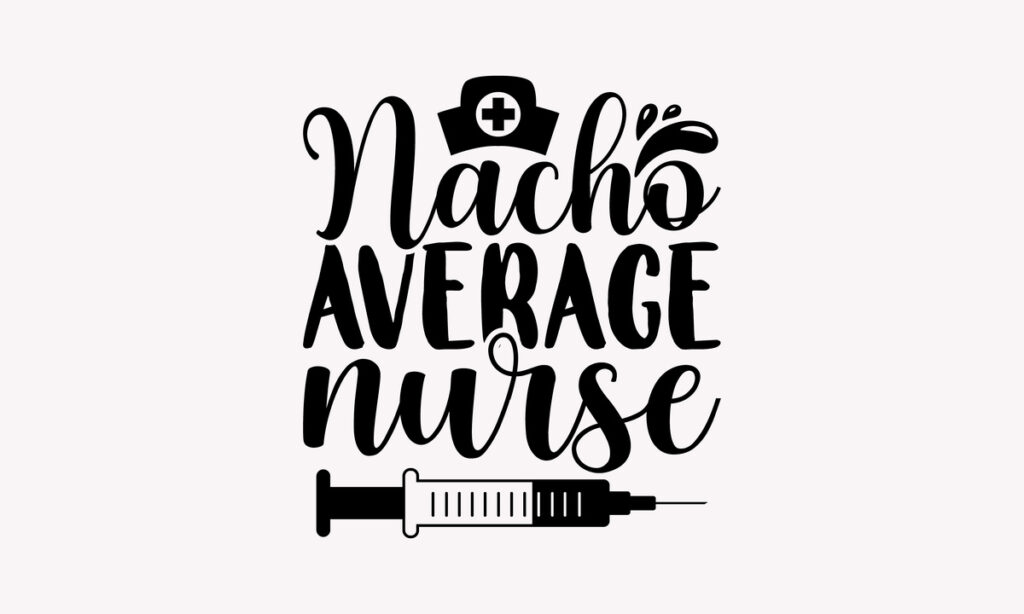In the dynamic world of healthcare, the concept of Nurse Transfers: Easing Transitions In Healthcare Careers has become increasingly significant. As healthcare professionals seek new opportunities, understanding the nuances of nurse transfers can greatly impact their career trajectories. This process not only involves moving from one position to another but also encompasses adapting to new environments, policies, and patient care practices. By exploring this topic, we aim to shed light on the essential aspects of nurse transfers and how they can streamline the transition for nursing professionals.
Throughout this article, you will discover the various factors that influence nurse transfers, including the benefits of transitioning between different healthcare settings. We will delve into the challenges nurses may face during these transitions and provide practical strategies to overcome them. Additionally, we will highlight the importance of mentorship and support systems in facilitating a smooth transition, ensuring that nurses feel confident and prepared in their new roles.
Whether you are a seasoned nurse contemplating a career change or a new graduate exploring your options, understanding the intricacies of nurse transfers is crucial. Join us as we navigate through the essential elements of this topic, equipping you with the knowledge and tools needed to make informed decisions about your healthcare career. Read on to empower your journey in the nursing profession!
In the ever-evolving landscape of healthcare, nurse transfers play a crucial role in ensuring that healthcare professionals can adapt to new environments and challenges. This article explores various aspects of nurse transfers, focusing on how they can ease transitions in healthcare careers.
Understanding Nurse Transfers
Nurse transfers refer to the process of moving registered nurses from one department, facility, or geographical location to another. This transition can be motivated by various factors, including personal growth, career advancement, or changes in personal circumstances. Understanding the nuances of nurse transfers is essential for both healthcare organizations and the nurses themselves.
Effective nurse transfers can lead to improved job satisfaction and retention rates. By facilitating smooth transitions, healthcare facilities can ensure that their nursing staff remains engaged and motivated, ultimately benefiting patient care and organizational efficiency.
The Importance of Orientation Programs
Orientation programs are vital for easing the transition of nurses into new roles. These programs provide essential information about the new work environment, including policies, procedures, and team dynamics. A well-structured orientation can significantly reduce the anxiety associated with starting a new position.
Moreover, orientation programs can enhance team cohesion and collaboration. By introducing new nurses to their colleagues and fostering relationships, healthcare organizations can create a supportive atmosphere that encourages open communication and teamwork.
Addressing Emotional and Psychological Challenges
Transitioning to a new role can be emotionally taxing for nurses. Feelings of uncertainty, anxiety, and even imposter syndrome may arise during this period. It is crucial for healthcare organizations to recognize these challenges and provide support systems, such as counseling services or peer mentorship programs.
By addressing the emotional and psychological aspects of nurse transfers, organizations can help their staff navigate these transitions more effectively. This support not only benefits the individual nurse but also contributes to a healthier work environment overall.
The Role of Continuing Education
Continuing education is a key component in facilitating successful nurse transfers. As healthcare practices and technologies evolve, ongoing training ensures that nurses remain competent and confident in their skills. Organizations that prioritize continuing education demonstrate a commitment to professional development, which can enhance job satisfaction and retention.
Additionally, offering specialized training related to the new role can help nurses feel more prepared and capable. This proactive approach to education can significantly ease the transition process and improve overall performance in the new position.
Leveraging Technology for Smooth Transitions
Technology plays an increasingly important role in facilitating nurse transfers. Digital platforms can streamline the onboarding process, providing nurses with access to essential resources and training materials. Telehealth and virtual simulations can also offer valuable hands-on experience in a low-pressure environment.
By leveraging technology, healthcare organizations can create a more efficient and effective transition process. This not only benefits the nurses but also enhances patient care by ensuring that staff are well-prepared for their new roles.
Best Practices for Healthcare Organizations
To ensure successful nurse transfers, healthcare organizations should implement best practices that prioritize communication, support, and professional development. Establishing clear policies regarding transfers, providing comprehensive orientation programs, and fostering a culture of mentorship can significantly enhance the transition experience.
Furthermore, organizations should regularly solicit feedback from nurses regarding their transition experiences. This feedback can inform future practices and help create a more supportive environment for all staff members, ultimately leading to improved patient outcomes and organizational success.
| Aspect | Description |
|---|---|
| Definition | Nurse transfers refer to the process of moving nurses from one department, facility, or role to another within the healthcare system. |
| Importance | Facilitates career growth, enhances job satisfaction, and helps address staffing shortages in various healthcare settings. |
| Challenges | May include resistance to change, lack of support during the transition, and the need for additional training or orientation. |
| Strategies for Easing Transitions | Implementing mentorship programs, providing comprehensive orientation, and ensuring open communication can help ease the transition process. |
| Benefits | Improved employee retention, enhanced patient care through experienced staff, and increased adaptability to changing healthcare needs. |
| Conclusion | Effective nurse transfer processes are essential for fostering a supportive work environment and ensuring high-quality patient care. |



